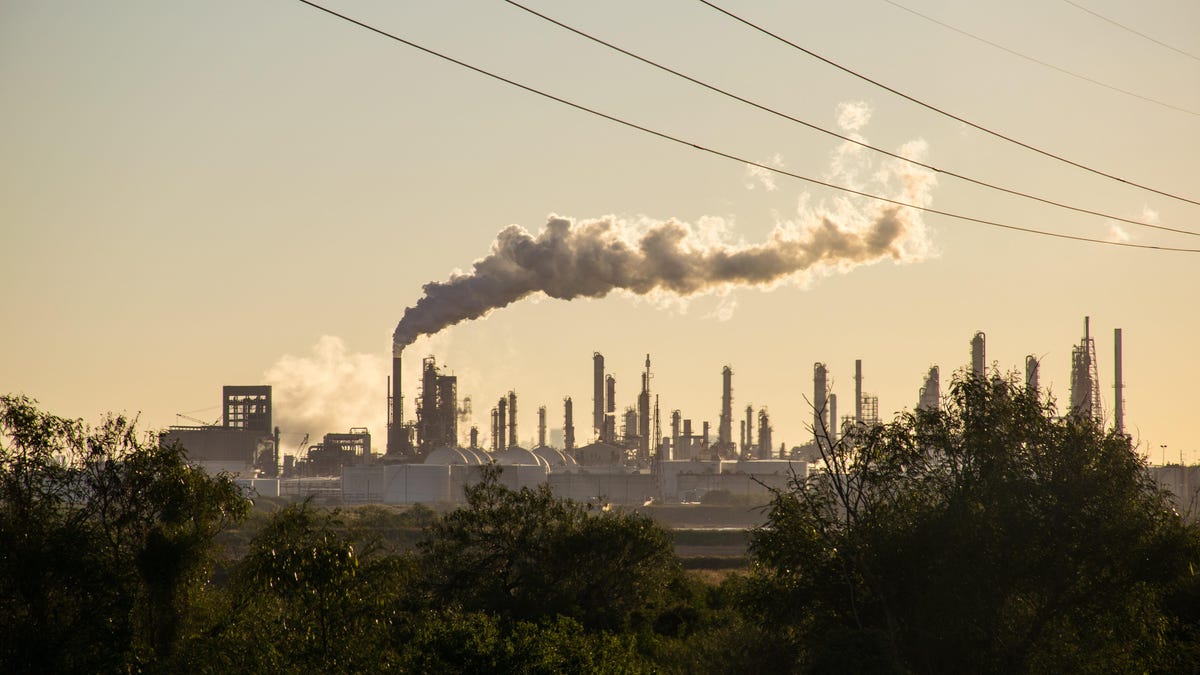10 Largest Cities (Relatively Speaking) Safe From Climate Change

The effects of global climate change are already wreaking havoc , and all evidence suggests that the situation will worsen in the near future. Learning how to cope with and survive extreme weather conditions (floods, hurricanes, tornadoes, heat) is likely to become increasingly important for everyone, and one viable strategy may include moving to a safer, more livable location , as conditions continue to deteriorate. But finding a way to travel to the US is not an easy task.
Geography is obviously an important factor in climate change survival and safety, but so is a city’s infrastructure and the preparedness of its citizens. It is difficult to predict which cities will remain resilient and vibrant in the face of climate change, but it is a vital question. With all that in mind, here’s a list of 10 US cities that could provide a more livable future, at least according to various experts using different criteria in their assessments.
San Francisco, California
How San Francisco might fare in our global warming future provides a lesson about how difficult that future can be to predict. The City by the Bay is the best city for climate change, according to Policy Genius’ insurance market criteria ; they say San Francisco is “largely immune to the climate-related disasters we measured in our study, with a small number of hurricanes and tornadoes expected.” But according to a Moody Analytics study , San Francisco faces “the greatest risk of heat, drought and sea level rise.” So it’s either the best or worst city for global warming, depending on how you look at it.
Buffalo, New York
Jesse Keenan, an assistant professor of real estate at Tulane University, studied which U.S. cities are most likely to see an influx of climate migrants in the coming years. He believes Buffalo is a likely destination for those fleeing the worst of the looming disasters. Cities like Buffalo and Duluth, Minnesota, have stable energy sources, cooler climates and access to fresh water, Keenan said . “They are also less vulnerable to wildfires compared to places like the Pacific Northwest. They also have a legacy of excess infrastructure capacity that will allow them to diversify their economy in the future. Land prices are low and they have a relatively well-educated and skilled workforce.”
Denver, Colorado
According to Architectural Digest’s list of the most climate-resilient cities , Denver is the best city in the United States to avoid the worst impacts of the climate crisis; Largely due to its altitude and location, the risks associated with sea level rise are minimal, and Denver has been largely spared from damaging extreme weather over the past decade. (Denver was also named one of Policy Genius’s Top 10 Safer Cities.)
Knoxville, Tennessee
Knoxville and other cities in Tennessee, Kentucky and Louisiana are good locations for global warming because of their aquifers. According to Moody Analytics , abundant water supplies make future droughts less likely in these locations. On the other hand, the southern states are already quite hot and are unlikely to get any cooler.
Pittsburgh, Pennsylvania
Pittsburgh is unlikely to be as hot as other places in the United States. By 2050, Pittsburgh residents can expect just 10 days of extreme heat and just over 13 days of high heat and humidity per year, according to Policy Genius. The city’s location is along three rivers. However, this may lead to flooding due to rising water levels.
Seattle, Washington
A port city like Seattle may seem like an odd refuge for people affected by climate change, but by 2050, less than 10% of Seattle’s properties are expected to be in a 100-year flood zone, Policy Genius notes. Sea level rise is expected to affect only 0.35% of Seattle properties over the same period. Architectural Digest also ranks Seattle as the fourth most climate-resilient city.
Raleigh, North Carolina
North Carolina’s second-largest city ranks first for its clean energy infrastructure, according to Architectural Diges t. It scores well in terms of climate change preparedness and adaptability, as well as clean energy infrastructure. Air quality is good, too, with the city averaging 217 days of “good” air quality per year, compared to 84 days in Denver.
Detroit, Michigan
The Motor City could be a great choice for climate refugees. According to Moody Analytics , there is less risk of heat, drought and sea level rise than almost any U.S. city. It also features lower property prices and existing urban infrastructure. For these reasons , Jesse Keenan also sees Detroit as a likely haven for climate refugees.
Salt Lake City, Utah
Salt Lake City is likely to suffer more from wildfires than other places, but there is less risk of flooding. The city is also making efforts to reduce carbon emissions and focus on renewable energy. It is ranked third on the list of most climate-resilient cities in the United States by Architectural Diges .
Columbus, Ohio
The most likely future risk for Columbus, Ohio residents will be heat. The risk of other natural disasters—hurricanes, tornadoes and wildfires—will remain low, according to Policy Genius , which named Columbus the third best city for climate change. Architectural Digest agrees, ranking Columbus eighth on its list of climate-resilient cities.